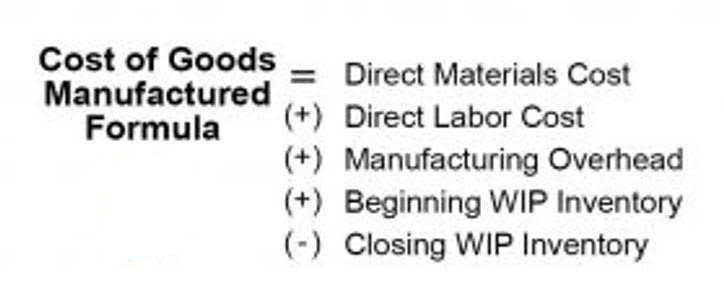
You don’t want to miss recording important sales, expenses, or payments that could throw off your entire process. This is crucial because it clears out last year’s earnings, so you can accurately track how much you earn next year without any confusion from Sales Forecasting past amounts. By the end of the year, you’ve made $100,000 in revenue and incurred $60,000 in expenses. This follows the rule that credits are used to record increases in owners’ equity and debits are used to record decreases. Download our data sheet to learn how you can run your processes up to 100x faster and with 98% fewer errors.
Closing Expense Accounts
- Other accounting software, such as Oracle’s PeopleSoft™, post closing entries to a special accounting period that keeps them separate from all of the other entries.
- To do closing journal entries, start by closing all revenue accounts into an Income Summary account.
- This transfer ensures that the income statement for the new period starts with zero balances, providing a clear and undistorted view of the company’s financial activities.
- Manually creating your closing entries can be a tiresome and time-consuming process.
- Delays in receiving necessary information can slow down the entire process.
Without proper closing entries, your financial statements could become inaccurate, making it impossible to evaluate period-by-period performance. The four-step closing process transfers information unearned revenue from your income statement to your balance sheet, completing the accounting cycle. While traditionally done manually, modern accounting automation solutions like SolveXia now streamline this essential process, reducing errors and saving valuable time. Next, adjustments are made to account for any accrued expenses, depreciation, and other necessary end-of-year entries. These adjustments help in aligning the financial records with the actual financial position of the company. Once adjustments are completed, the temporary accounts, such as revenue and expense accounts, are closed to the income summary account.
Transfer Net Income or Loss

The primary purpose of closing entries is to ensure that the financial records accurately reflect the performance of a business over a specific accounting period. By closing temporary accounts, such as revenues, expenses, and dividends, companies can zero out these balances and transfer their net effect to permanent accounts like retained earnings. This process not only closing entries helps in maintaining a clear distinction between different accounting periods but also aids in the preparation of financial statements that are both accurate and reliable. Accurate Calculation of Net Profit or LossBy closing revenue and expense accounts into the Income Summary account, accountants calculate the net result of operations for the period. This result (profit or loss) is then transferred to Retained Earnings or Capital, updating the business’s equity.3.
- Book a 30-minute call to see how our intelligent software can give you more insights and control over your data and reporting.
- These accounts reflect the ongoing financial position of a business, so their ending balances become the beginning balances for the next period.
- The contents of the Income Summary reflect the net performance of the business – essentially, they spotlight whether you’ve grown your debit revenue and turned a profit, or incurred a loss during the period.
- Journal entries should debit equity accounts and credit cash or other assets distributed, ensuring clear accounting of how assets are allocated upon dissolution.
- This ensures the balance sheet is accurate and shows how much profit the business has kept over time.
- Each temporary account (revenues, expenses, dividends/drawings) is reduced to zero by transferring its balance to the appropriate permanent account using debit and credit entries.
- After the posting of this closing entry, the income summary now has a credit balance of $14,750 ($70,400 credit posted minus the $55,650 debit posted).
Step 2: Transfer Expenses
The closing entries are the last journal entries that get posted to the ledger. Absolutely, sophisticated accounting software can significantly simplify the process of making closing entries. Programs like QuickBooks and Xero automate the steps, ensuring accuracy and consistency, which saves time and reduces human error. They’re designed to make the closing process more reliable and efficient.

Step 4: Close withdrawals to the capital account
After almost a decade of experience in public accounting, he created MyAccountingCourse.com to help people learn accounting & finance, pass the CPA exam, and start their career. HighRadius leverages advanced AI to detect financial anomalies with over 95% accuracy across $10.3T in annual transactions. With 7 AI patents, 20+ use cases, FreedaGPT, and LiveCube, it simplifies complex analysis through intuitive prompts. Backed by 2,700+ successful finance transformations and a robust partner ecosystem, HighRadius delivers rapid ROI and seamless ERP and R2R integration—powering the future of intelligent finance. HighRadius stands out as a challenger by delivering practical, results-driven AI for Record-to-Report (R2R) processes.

